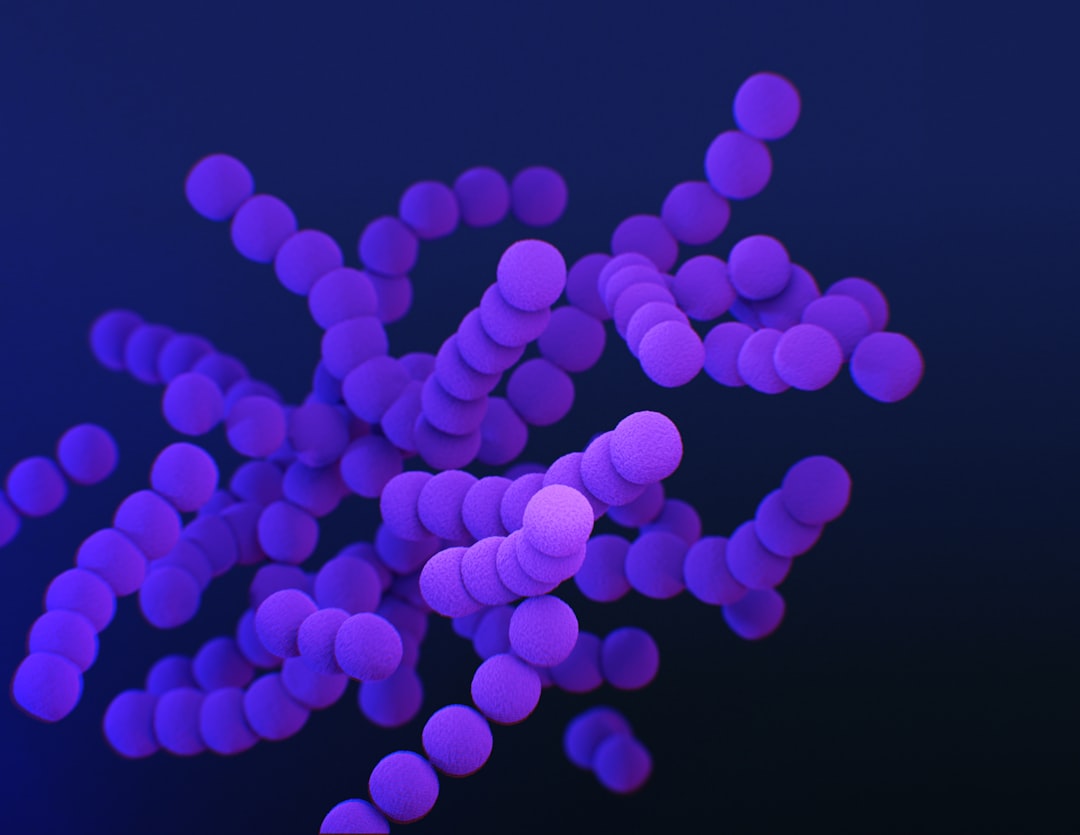What is it about?
The ability of a serum-sensitive Escherichia coli to activate the complement components of human breast-milk and colostrum was assessed in vitro. The consequent deposition of C3 fragments, C3b, iC3b and C3dg, on the bacteria was analysed, using a slight modification of a standard ELISA technique for the assessment of activated C3 fragments.
Featured Image
Why is it important?
Little is known about the physiological roles and contribution of the human breast-milk complement system in the protection of both the maternal mammary gland and the nursing infant. The deposition of C3 fragments from human milk were demonstrated on the killed bacteria, E. coli NCTC 8007, serotype 0111 K58(B4) H2, using buffers with and without detergent, supporting both the classical and alternative pathways of complement activation.
Perspectives
The milk fat appears to competitively inhibit the deposition of these opsonins on the solid-phase bacteria. This study suggests that the complement system is able to contribute to the increased resistance of breast-fed infants against infections due to its demonstrated bactericidal properties.
Dr Michael O Ogundele
Mid Cheshire Hospitals NHS Foundation Trust Postgraduate Medical Centre
Read the Original
This page is a summary of: Activation and deposition of human breast-milk complement C3 opsonins on serum sensitive Escherichia coli 0111, Journal of Reproductive Immunology, October 2000, Elsevier,
DOI: 10.1016/s0165-0378(00)00067-x.
You can read the full text:
Contributors
The following have contributed to this page










